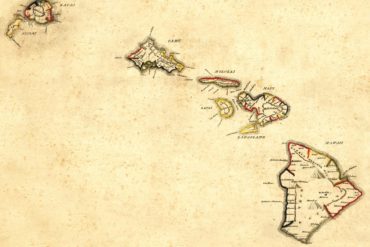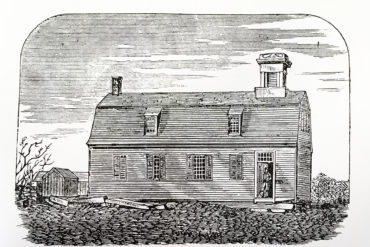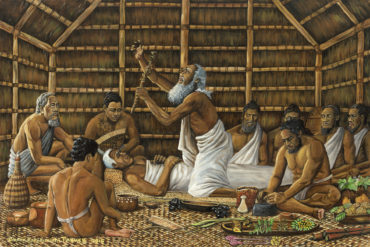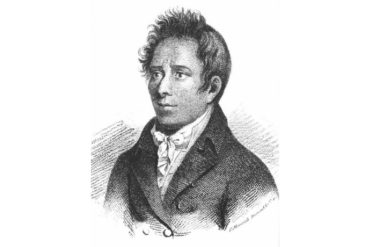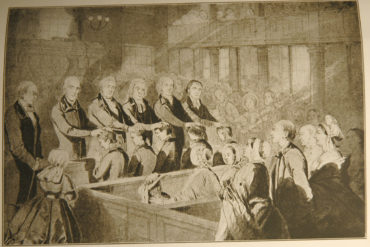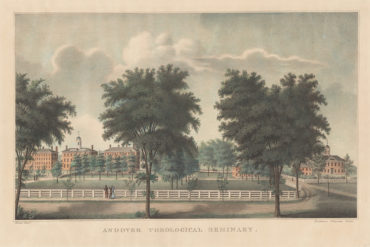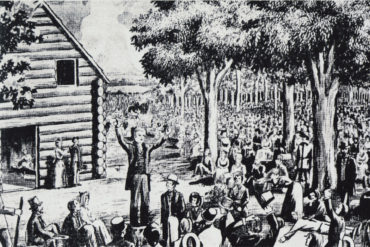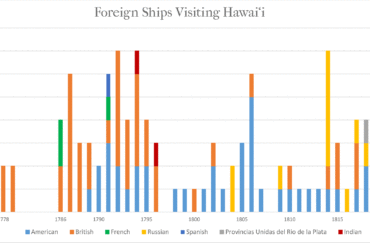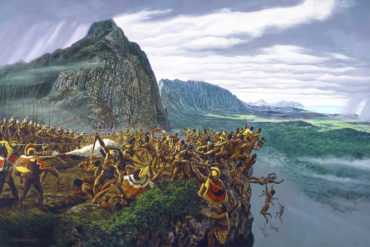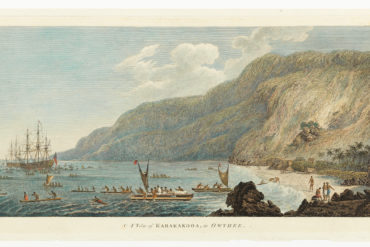On October 23, 1819, a double-masted, 85-foot-long ship set sail from Boston Harbor, headed for the Sandwich Islands (Hawai‘i). in recognition of these events two hundred years ago, we take the opportunity to reflect on this complex history.
Faced with declining revenues for its global missions, ABCFM founded the Foreign Mission School in Cornwall, Connecticut, in 1816 as a way to proselytize at home and to boost donations.This boarding school aimed to educate non-Christian boys to become missionaries in their homelands.
Kamehameha I died in May 1819, in Kamakahonu, Hawai‘i. Early on, the king had named his son, Liholiho, successor. But two powerful women – Ka‘ahumanu and Keōpūolani, both his widow – would demand new freedoms, igniting a struggle that toppled the ancient religion.
Henry ʻŌpūkahaʻia played a pivotal role in inspiring the missionary presence in Hawai‘i. His avid embrace of Christianity, told in the best-selling Memoirs of Henry Obookiah, created a compelling vision of what the missionaries could accomplish in these far-off lands.
The American Board of Commissioners for Foreign Mission (ABCFM), founded in 1810, arose from the religious fervor that America experienced during the Second Great Awakening.
For missionaries, education was essential to both salvation and worldliness. Prominent Congregationalist ministers, such as Timothy Dwight and Edward Dorr Griffin, led schools and churches that stood at the forefront of spiritual revival during the Second Great Awakening.
From 1790 – 1830, a Protestant revival called the Second Great Awakening swept across America. The movement was a reaction to the loosened social bonds brought on by the nation’s westward expansion and beginning industrialization.
In 1786, trading ships began making regular stops in Hawai‘i on their way to China and the Pacific Northwest. Pursuing the lucrative fur trade, vessels from Great Britain, Spain and America found Hawai‘i an ideal place to restock provisions and replenish depleted crews with fresh Hawaiian sailors.
On October 23, 1819, a double-masted, 85-foot-long ship set sail from Boston Harbor, headed for the Sandwich Islands (Hawai‘i). in recognition of these events two hundred years ago, we take the opportunity to reflect on this complex history.
Captain James Cook was a British naval officer and explorer who commanded three voyages to the Pacific. Privately, he carried orders from the Admiralty to claim any “undiscovered” Pacific islands for Britain, with an eye to assessing the islands’ natural resources.

